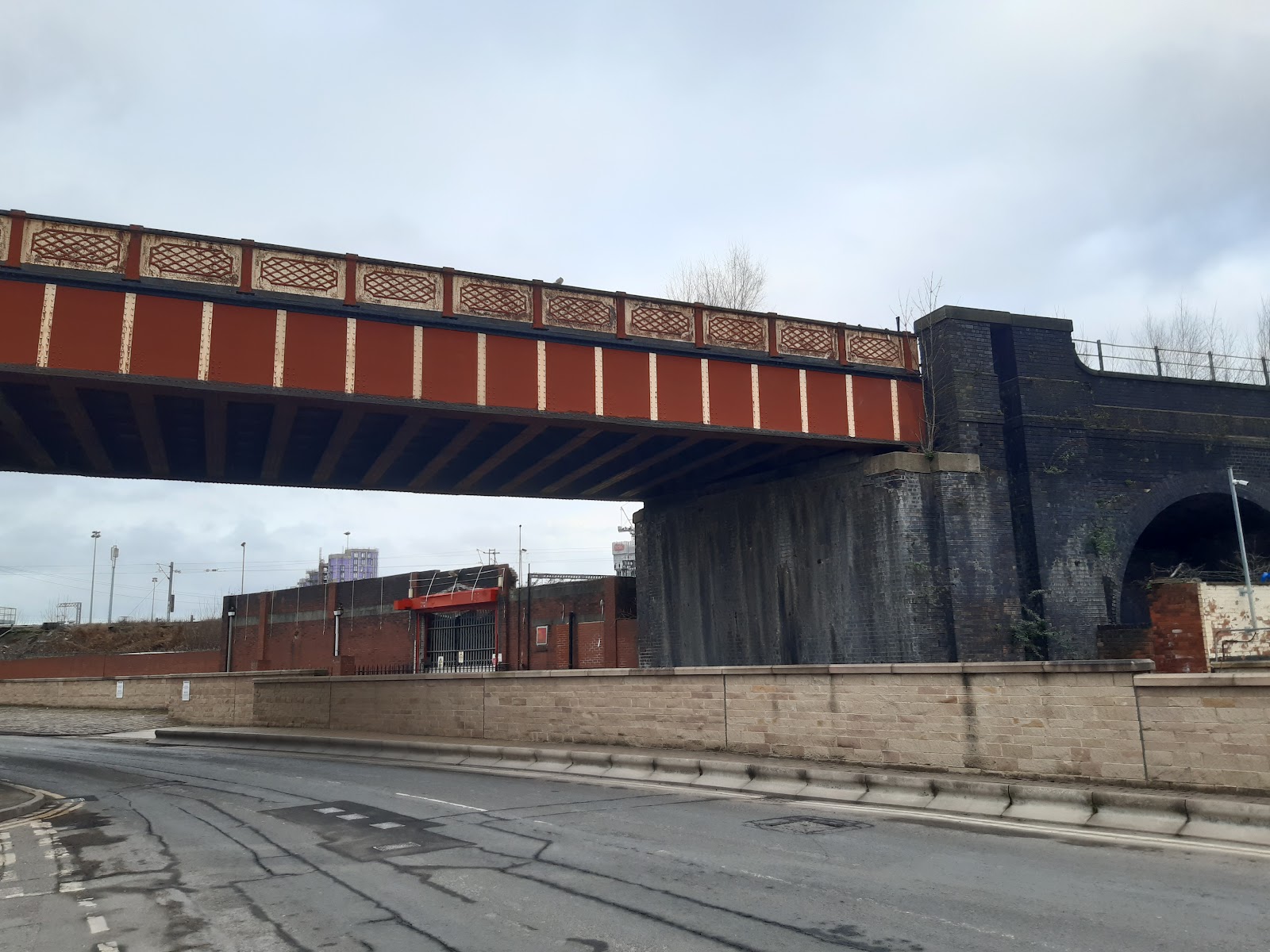Linked Duplicates
I duplicate objects in Blender all the time - often as a quick way to get another cube or cylinder. Just press [SHIFT]-D. I usually hit [ESC] to stop the duplicate moving, so I can then position it more accurately.
When you create a duplicate, you may notice a "linked" check box in the action properties box bottom left.
If you tick it, the copy and the original will be linked, and any changes you make in Edit mode on either one will get applied to both. Alternatively, do [ALT]-D, and the box will be automatically ticked.
Changes in Object mode - rotation, scale and translate - will not be copied, and neither will modifiers.
In this simple example, I copied the standard cube normally to get the second box ([SHIFT]-D), but then created a linked duplicate to get the third box ([ALT]-D). When I then edited the third box, the second was changed too.
This is very useful for when you have a lot of the same time and there is a chance you to adjust it later. I investigated this when designing modular pipework. I had standard supports and flanges across any number of parts. If I wanted to slightly move or re-size a pipe, this meant changes across every component of the system, which was much easier if I could just modify a support once and they all changed.
So let's look in more detail....
If you look in the outliner at the top right on the image above, you can see what each cube is linked to (you need to expend the objects to see this). This is more than a little confusing, because there appears to be two different naming systems here, but they follow the same scheme. We can call them the "object" level and the "edit" level.
I will duplicate the last cube normally ([SHIFT]-D) to illustrate.
Now we have "Cube.003", which at the Edit level is "Cube.002". But that is nothing to do with what is called "Cube.002" at the object level! It is just coincidence (and bad design in my view) that they have the same name.
If you go to the Data tab of the Properties panel, bottom right, you can see how many objects are linked - or share the edit level data.
Note that if you click on the number, the current object will be unlinked from the rest, and it will get its own unique Edit level name.
There is no sense of one object being the original and others being linked to that. All linked objects are equal. I would guess behind the scenes every object is linked to a set of data, and what we are doing is controlling those links. It is not the case the object Cube.002 is linked to object Cube.001. Rather object Cube.001 is linked to data set Cube.001, and when link-duplicated, Cube.002 is also linked to data set Cube.001.






Comments
Post a Comment